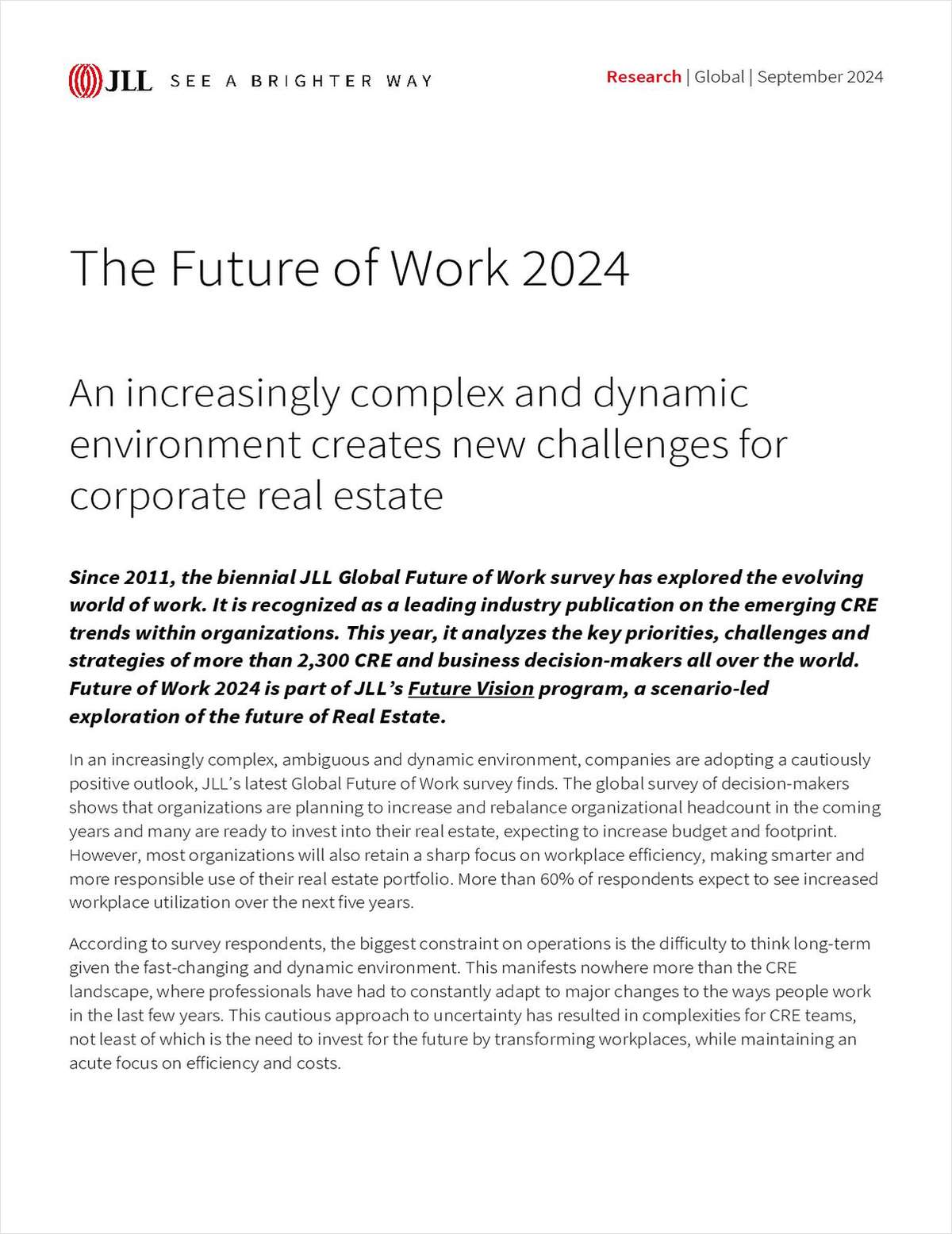The event was the Transwestern/Real Estate Forum Eleventh Institutional Investor Symposium. Real Estate Forum is published by Real Estate Media, which also publishes GlobeSt.com.
Participants on the panel included Randy Mundt of Principal Real Estate Investors, Joseph Bonner of Prudential, Trevor Michael of TIAA-CREF, Steve Wallace of Cornerstone Advisors, Robert Merck of MetLife and Tom Zale of Northwestern Mutual. The session was moderated by Michael Desiato, group publisher and editorial director of Real Estate Media, and Transwestern investment services executive managing director Steve Pumper.
The afternoon's conversation will be featured as the cover story for the August issue of Real Estate Forum.
Panelists Bonner and Wallace both noted that the real estate industry is a cyclical one--and the current phase has been very good for a longer stretch than previously imagined. Still, most agreed with Merck's comment that, despite the length of the current cycle, the industry's fundamentals remain strong. In fact, he added, that the capital markets had gotten a touch over exuberant and it is good to see some pull back by underwriters and the rating agencies.
Pricing and interest rates, though, have clearly been in change mode over the last few months. Wallace said the REIT markets have seen adjustments, for instance, and no one expects to see cap rates rise to 9% to 10% again. Still, Wallace insisted, "it's too early to call it a game. Right now at this stage I think you can convince yourself that [the market] is whatever you want it to be."
In this environment, firms are plowing ahead with already established investment strategies. Development is a growing interest among many of the firms, which see it adding greater relative value to a portfolio compared to acquisition. "We are at a point in the real estate cycle where we want to develop some land we have banked," Michael said. Green building, as well, is a strategy of increasing importance, most agreed, despite the higher initial development costs. Zale, for instance, reported that the additional costs to develop a LEED certified multifamily property in Battery Park was some 15%, "which is quite meaningful." Still, though, he added, the rent premium and other cost efficiencies will likely make up the difference.
There is also the competitive differentiator factor to consider, Mundt said. "In the long run, buildings that are not green will be at a disadvantage." Principal is embracing the standards for a variety of reasons that range from good citizenship to long-term planning. "We want to have the widest possible universe of tenants."
Want to continue reading?
Become a Free ALM Digital Reader.
Once you are an ALM Digital Member, you’ll receive:
- Breaking commercial real estate news and analysis, on-site and via our newsletters and custom alerts
- Educational webcasts, white papers, and ebooks from industry thought leaders
- Critical coverage of the property casualty insurance and financial advisory markets on our other ALM sites, PropertyCasualty360 and ThinkAdvisor
Already have an account? Sign In Now
*May exclude premium content© 2024 ALM Global, LLC, All Rights Reserved. Request academic re-use from www.copyright.com. All other uses, submit a request to [email protected]. For more information visit Asset & Logo Licensing.








